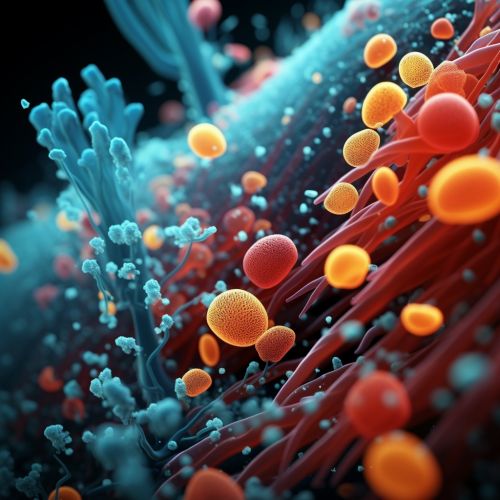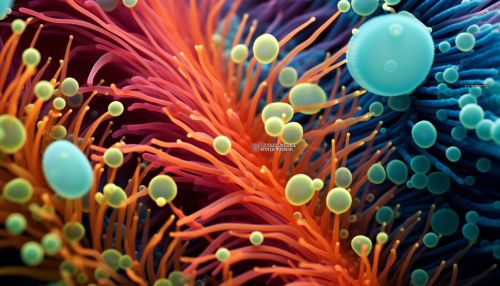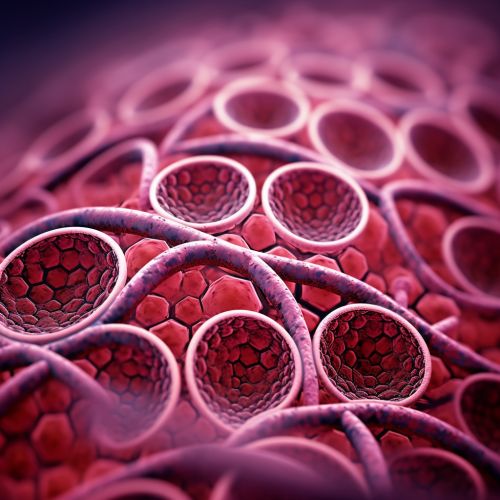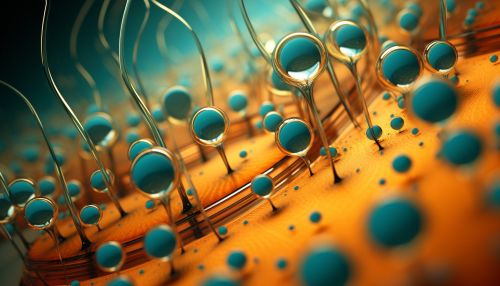Aerobic organism
Overview
An aerobic organism or aerobe is an organism that can survive and grow in an oxygenated environment. This is in contrast to anaerobes, which cannot survive in the presence of oxygen. Aerobes can use oxygen to generate energy via the process of cellular respiration.


Classification
Aerobic organisms can be further classified based on their specific oxygen requirements. These classifications include obligate aerobes, facultative anaerobes, microaerophiles, and aerotolerant organisms.
Obligate Aerobes
Obligate aerobes require oxygen for cellular respiration and cannot survive without it. They use oxygen as a terminal electron acceptor in the electron transport chain, a process that generates a significant amount of ATP, the cell's main energy currency. Examples of obligate aerobes include many species of bacteria and fungi, as well as all animals.
Facultative Anaerobes
Facultative anaerobes can survive in both oxygen-rich and oxygen-poor environments. They can switch between aerobic respiration and anaerobic respiration (or fermentation) depending on the availability of oxygen. Examples of facultative anaerobes include many types of yeast and bacteria, including E. coli.
Microaerophiles
Microaerophiles are organisms that require oxygen to survive, but at lower concentrations than are present in the atmosphere. They are often found in environments like the soil, where oxygen levels can be lower than in the open air. Examples of microaerophiles include H. pylori, the bacterium that causes stomach ulcers.
Aerotolerant Organisms
Aerotolerant organisms do not use oxygen for growth, but they can tolerate its presence. They typically generate energy by fermentation or anaerobic respiration. Examples of aerotolerant organisms include certain types of lactobacilli and streptococci.
Metabolism
Aerobic organisms use oxygen in their metabolic processes. The most common of these processes is cellular respiration, specifically aerobic respiration, which involves the oxidation of molecules to generate ATP.


Aerobic Respiration
Aerobic respiration is a three-step process that includes glycolysis, the Krebs cycle, and the electron transport chain. This process is highly efficient and produces a large amount of ATP from each molecule of glucose.
Glycolysis
Glycolysis is the first step in both aerobic and anaerobic respiration. It takes place in the cytoplasm of the cell and does not require oxygen. During glycolysis, one molecule of glucose is broken down into two molecules of pyruvate, producing a small amount of ATP and reducing power in the form of NADH.
The Krebs Cycle
The Krebs cycle, also known as the citric acid cycle or the tricarboxylic acid cycle, takes place in the mitochondria of eukaryotic cells or the cytoplasm of prokaryotic cells. It requires the presence of oxygen, although oxygen itself does not participate directly in the cycle. The Krebs cycle generates a large amount of reducing power in the form of NADH and FADH2, as well as a small amount of ATP.
Electron Transport Chain
The electron transport chain is the final stage of aerobic respiration. It takes place in the inner mitochondrial membrane of eukaryotic cells or the plasma membrane of prokaryotic cells. During this process, the reducing power generated in the previous steps is used to pump protons across the membrane, creating a proton gradient. This gradient is then used to generate ATP via chemiosmosis, a process known as oxidative phosphorylation.
Ecological Role
Aerobic organisms play a crucial role in the ecology of our planet. They are involved in many important processes, including the carbon cycle, the nitrogen cycle, and the oxygen cycle.
Carbon Cycle
Aerobic organisms play a key role in the carbon cycle by converting carbon dioxide into organic compounds through the process of photosynthesis. These organic compounds are then used as a source of energy by other organisms, including humans.
Nitrogen Cycle
In the nitrogen cycle, aerobic bacteria convert ammonia into nitrite and then into nitrate, a process known as nitrification. This nitrate can then be used by plants to make proteins and other organic compounds.
Oxygen Cycle
Aerobic organisms are also involved in the oxygen cycle. Through the process of photosynthesis, plants and certain types of bacteria and algae convert carbon dioxide and water into glucose and oxygen. The oxygen is then released into the atmosphere, where it can be used by other aerobic organisms.
